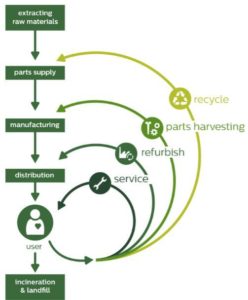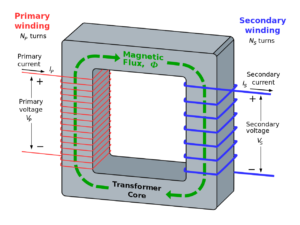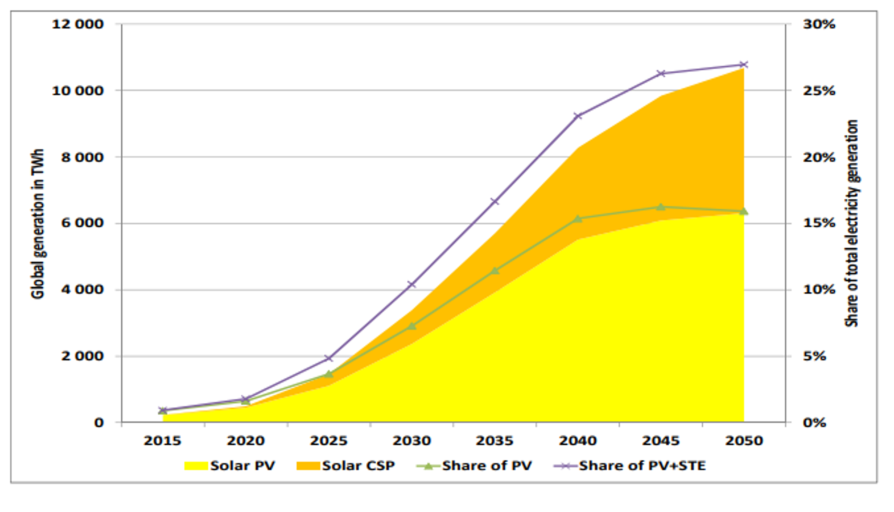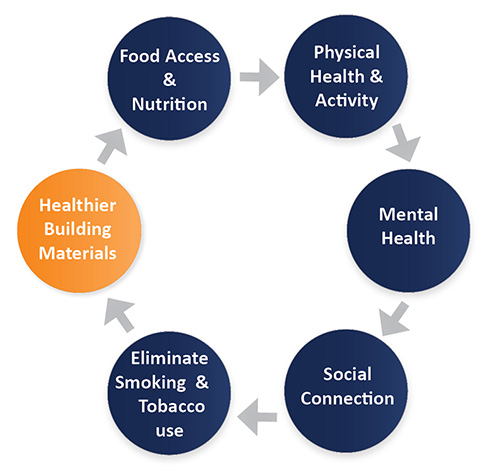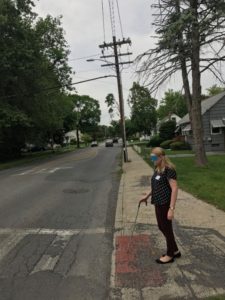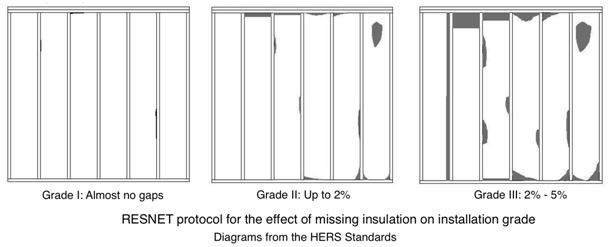- October 05, 2017
- 0 Comments
- In Certifications & Programs Miscellaneous
- By Steven Winter Associates
Many green building programs put a heavy emphasis on not only the sustainability of a building once it is built, but increasingly so on the sourcing and management of building materials in an environmentally responsible way. Sustainable Supply Chain (SSC), sometimes referred to as “cradle-to-cradle,” is the standard term to reference this process. But, what does it mean?
What is a Sustainable Supply Chain?
SSC embodies a cyclical approach to manufacturing that considers both the recovery and reuse of materials. This supply chain’s reverse logistics strives to continually sustain itself by returning materials to the land in either a safe molecular form or by continually reusing those materials for future products. Fully developed SSC’s consider sustainability for every contributor at every step – from design to manufacture, transportation, and storage to eventual end-of-life with a goal of re-use, recycling, or low impact disposal. This forward-thinking perspective serves to reduce waste, promote ethical and socially beneficial manufacturing practices, minimize or eliminate adverse health impacts, and enable compliance with increasingly stringent regulations. (more…)

